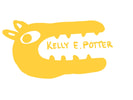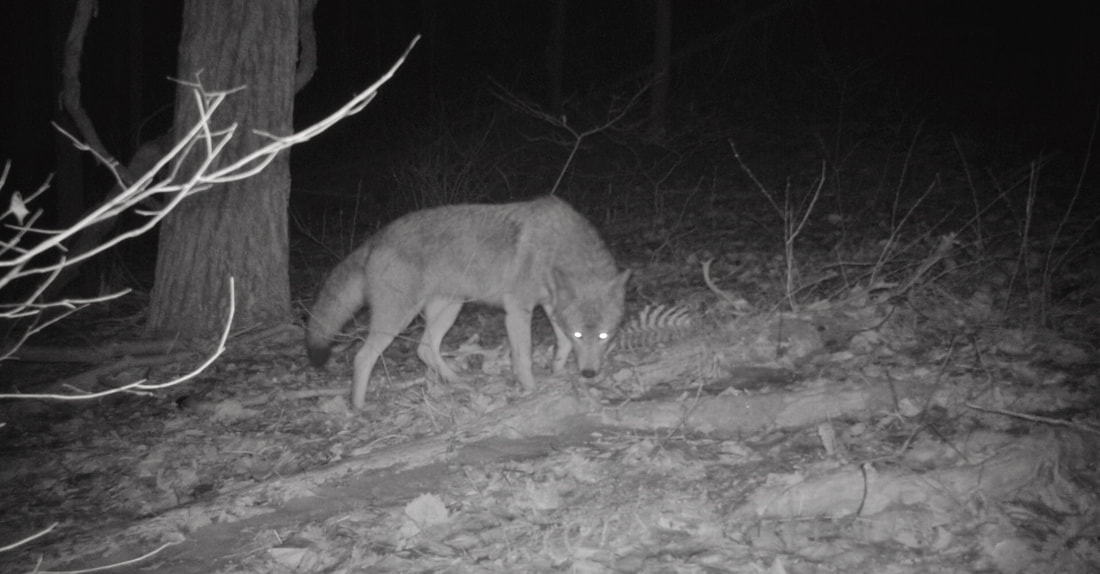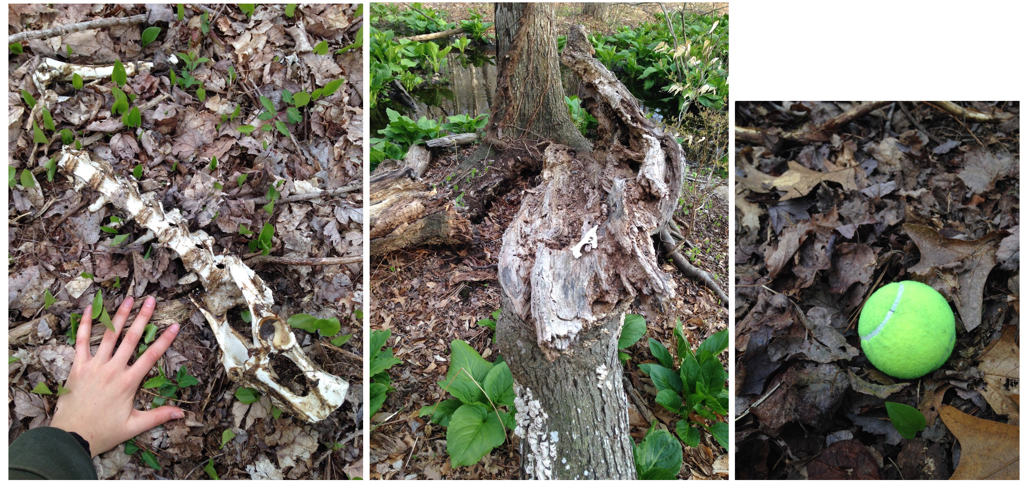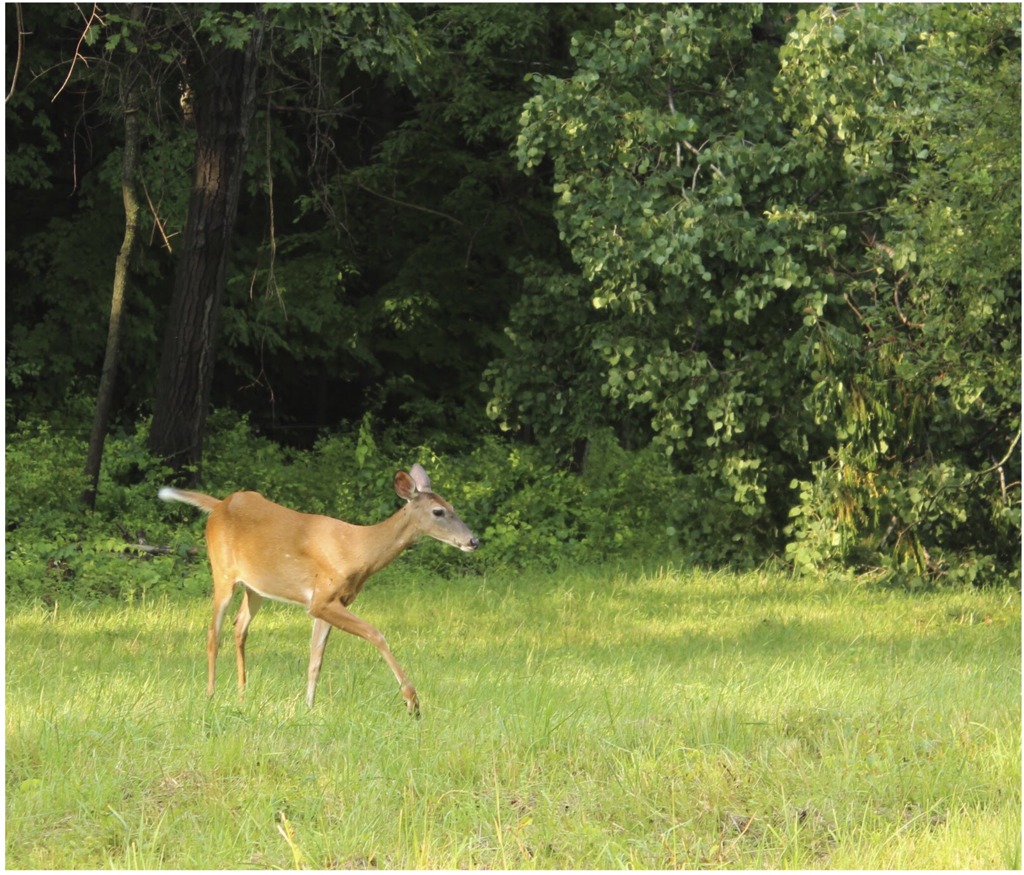|
B I T T E R S W E E T : A Semi-Natural Anthrome
The following writings are a collection of both research and personal experience studying animal activity in close proximity to human settlements. This journal ultimately sums together the research, photo documentation, and personal writings that were involved in the preliminary processes which led to my work. A Changing Species: The Northeastern Coyote is a highly adaptive, and widely hated natural predator of New England. They are recognized as one of the few predators of North America to have thrived since colonization and deforestation of their natural habitat. Rapid expansion of residential construction and the growth of human population caused a substantial amount of habitat destruction in addition to vast efforts to drive out and kill predators in order to protect livestock. As a result, many of the leading predators including the wolf, bobcat, and cougar were driven close to extinction. The coyote is unique in that it thrived as a species, showing incredible signs of adaptation to living close to human settlements. Coyote Den: Location: West Stockbridge, MA Environment: Steep ridge, small caves scattered on cliff side Time: January, 2017 Traces: Scattered porcupine quills, trafficked paths, tracks in snow, urine and feces Notes: I climbed over one of the upper-most boulders leading to the top of the ridge and found a dark crevasse in the rock that looked like it continued deep into the mountain. I heard something shuffling in the dark cave. Above the crevasse was a distinguishable trail of coyote tracks. Heavily packed snow and the area is covered in coyote urine and feces. The tracks lead straight into the cave from a separate entrance. These tracks leading away from the den slowly disperse into less trafficked individual winding trails that travel for miles along the ridge of the mountain. I continued to follow the trails until they dispersed into a single coyote’s path. Location: small mountain ridge in West Stockbridge, MA Coyote Chew Toys: Location: Old Lyme, CT Environment: Small section of forest positioned between two highways, wetland, pines, pond and stream. Time: Spring 2016 Objects: vintage garbage (bottles, wire, car parts, misc.), trash bag with 70’s clothing, abandoned painting easel, deflated soccer ball, tennis ball, plastic oil can Traces: Animal trails, deer teeth, fur, bones, feces Notes: Deer teeth and fur lay scattered across the ground. Remnants of bones stuck out as a bright white against the browns and greens of the forest floor. I followed the tracks until I came across a series of trafficked paths that centered around a decent sized stream. A large fallen tree with tangled roots was like a coyote throne- there was a nice pile of coyote sized feces and a decently chewed up deer hip bone that someone had saved for later. I found funny misplaced ‘toys’ including an ancient deflated soccer ball, a tennis ball, and some sort of plastic oil can that had been chewed and dented with teeth marks. Later that day I found larger bones and the spine of a young deer. Location: between highways, adjacent to swamplands, Old Lyme, CT Whitetail Deer: In addition to the coyote, I incorporate the whitetail deer into my project as a species known to thrive close to human settlements. Overpopulation of the whitetail deer is a growing problem in New England. In too many numbers, whitetail deer can be extremely destructive to forest ecosystems since they eat young plants on the forest floor and avoid eating invasive plant species. This allows for invasive plants -such as the bittersweet vine- to overcrowd and prevent native species of plants to grow. I bring the whitetail deer into my project because it not only represents another species that thrives among human populations, but it also has the potential to symbolize the consequence of human attempts to control nature. Interestingly, the coyote is physically adapting and evolving to fulfill the wolf’s initial role in keeping deer populations controlled. Coyote are growing in size, learning to hunt in packs, and are actively introducing whitetail deer into their diet. Bittersweet Vine: Bittersweet Vine is an invasive plant species that was initially brought to North America to be used as a decorative garden vine. The plant is still cultivated and used for decoration and flower arrangements, but has spread throughout New England, climbing trees and shrubs, shading them from light and slowly killing whatever organism they climbed onto. Relationships between bittersweet vine and whitetail deer exist in that the whitetail deer promotes growth of the invasive species through clearing out native plants. The vine is detrimental to bird species during the winter because of preventing growth of native seed and berry plants. In addition to climbing trees and shrubs, bittersweet vine can be seen throughout New England crawling onto buildings and houses, consuming abandoned windmills and power lines. Bittersweet vine in this landscape represents the consequence of mankind tinkering with nature, and the result is an invasion to the point where the plant is physically consuming our own structures. Location and Environment: The Berkshires, MA; Amherst, MA; and Old Lyme, CT. These locations are chosen simply as the areas which I have lived and explored forests in my lifetime. Spaces that were once occupied and controlled by humans- now transformed into young forests littered with abandoned man-made objects overgrown by nature. Property tape dominates the landscape, claiming trees and rocks with its alien fluorescent pink. Abandoned structures and metal objects lay still, half buried in sediment and tangled with vines. Rusty barbed wire, vintage cars, chimneys, and fallen radio towers. This is an environment inhabited by coyote, whitetail deer, and other plant and animal species that have adapted to living close to humans. Fluorescent Pink Property Tape: When exploring the woods anywhere in New England, one of the most common objects that occupies the space is fluorescent property tape and spray paint. It is mostly used to mark property lines and to mark logging location boundaries. This means the tape symbolizes ownership of sections of forest, in addition to where forests will be clear-cut for logging. In the development of this body of work, the abundance of fluorescent pink in the forest has become a way for me to represent the human footprint in nature. I feel that as a motif, it has the capacity to represent the possessive characteristics of humans and their obsession with territory. I think it also poses as a way of representing our injection of unnatural objects into the natural world. By using property tape in my painting and sculpture, I aim to represent how human presence in the forest has effect on different animal species. Industrial Power Lines: Industrial power lines are another example of an environment altered by humans, but occupied by nature. I spend a lot of time exploring and following animal trails that exist beneath industrial power lines which cut through the hills of New England. The manicured tree-less landscape creates easier travel for animals and promotes growth of bittersweet vine and black raspberry bushes. Animals that use these trails include the coyote, whitetail deer, and the black bear. The barely distinguishable, but largely trafficked paths squeeze through overgrown vines and bushes. The quiet atmosphere of the landscape and the constant electrical hum of the power lines is a distinct experience walking these trails. In my artwork, I hope to represent the ominous atmosphere that exists in a landscape altered by, yet devoid of humans. I hope to also address the complex power relationships that exist between humans and nature and how they can be shown within these particular spaces. Nature In Dialogue : Using these symbols in both painting and sculpture, I hope to expand upon the dialogue of conservationism and the issues surrounding human colonialistic tendencies. I hope to add to this conversation by raising awareness of the complex human and nature relationships that exist in our own backyards. I am particularly interested in the fact that we despise certain species of animals who have adapted to succeed in our own ‘territory’. I am interested in the controversies surrounding what is truly natural and what makes an organism an ‘invasive’ species, in addition to the human tendency to feel hatred towards certain organisms for problems that in reality exist as a consequence of our own doing. The whitetail deer is an example of a native species which we often despise for its overpopulation and damage to forest ecosystems, yet this was brought upon us as a result of our killing their natural predator -the wolf. Bittersweet vine is a non-native, invasive species which humans unnaturally introduced into the ecosystem, resulting in an ecological problem. The northeastern coyote is often despised, and labeled invasive due to growing populations, however the coyote is a native species to all of North America. In fact, the animal occupied these spaces long before the land was colonized and later transformed through rapid industrialization. I see the coyote as not only a survivor, but as a small success story in nature. As proof of a small amount of hope that although the land will continue to be changed and controlled by destructive human forces, there will still be truly natural organisms that can and will find a way to adapt, live among and outsmart us. Bibliography Flores, Dan L. Coyote America: a Natural and Supernatural History. Basic Books, 2017. Heimbuch, Jaymi. Translating the Song Dog: What Coyotes are Saying When They Howl, The Natural History of the Urban Coyote, 2016. Flores, Dan L. Stop Killing Coyotes, The New York Times, 2016 Initial colonization of Long Island, New York by the eastern coyote, Canis latrans (Carnivora, Canidae), including first record of breeding (Nagy et al, Check List Journal) 2017. Nagy, Christopher, Initial Colonization of Long Island, New York by the Eastern Coyote, Check List, vol. 13, no. 6, Jan. 2017, pp. 901–907, doi:10.15560/13.6.901. Benson, John F, Ungulate Predation and Ecological Roles of Wolves and Coyotes in Eastern North America, Ecological Applications, vol. 27, no. 3, 2017, pp. 718–733, doi:10.1002/eap.1499. Prugh, Laura R, The Rise of the Mesopredator, BioScience, vol. 59, no. 9, 2009, pp. 779–791., doi:10.1525/bio.2009.59.9.9. Boser, C.L. (2009) Diet and hunting behavior of coyotes in agricultural-forest landscapes of New York State. M.S. Thesis, SUNY ESF. Morrison, Janet A. Effects of White-Tailed Deer and Invasive Plants on the Herb Layer of Suburban Forests, AoB PLANTS, vol. 9, no. 6, 2017, doi:10.1093/aobpla/plx058. Kristine M Averill, David A Mortensen, Erica A H Smithwick, Susan Kalisz, William J McShea, Norman A Bourg, John D Parker, Alejandro A Royo, Marc D Abrams, David K Apsley, Bernd Blossey, Douglas H Boucher, Kai L Caraher, Antonio DiTommaso, Sarah E Johnson, Robert Masson, Victoria A Nuzzo; A regional assessment of white-tailed deer effects on plant invasion, AoB PLANTS, Volume 10, Issue 1, 1 February 2018, doi:10.1093. Waller, Donald Macgregor, and Donald M. Waller. “Impacts of White-Tailed Deer on Regional Patterns of Forest Tree Recruitment.” Oct. 2016, doi:10.1101/052357. Gpip. “Glastonbury Bittersweet Battlers: Invasive Plants Journal.” Berries and Birds, 1 Jan. 1970, battlinginvasives.blogspot.com/2013/08/berries-and-birds.html |
Fig 1. “Rusty car”
Fig 3. Isolated grassy hillside, approx 7:00 pm
Fig 4. Field close to residential area approx 7:00 pm
Fig 5. Approx 8:00 pm Fig 6. Entrance to coyote den, hard to decipher
Fig 7. Trafficked path that followed ridge Fig 8. “Teeth”
Fig 9. “Vertebrate Fig 10. “Regurgitated Fur” Fig 11. “Pelvis Chew Toy”
Fig 12. “Femur Chew Toy” Fig 13. “Femur” Fig 14. “Spine and Pelvis”
Fig 15. “Coyote throne with pelvis chew toy” Fig 16. “Mislocated tennisball, fairly new” Fig 17. Whitetail deer crossing, Approx 6:00 pm.
Fig 18. Whitetail deer crossing yard. Approx 6:00 pm
Fig 19. Bittersweet vine in forest
Fig 20. Bittersweet vine consuming trees and structures in field Fig 21. Abandoned vintage car
Fig 22. Abandoned house in woods Fig 23. Spray paint on tracks
Fig 24. Marked tree stump Fig 25. Marked trail Fig 26. Property boundary Fig 27. Property tape at logging location *this forest was later clear cut
Fig 28. Power lines in the forest
Fig 29. Animal trail along power lines Fig 30. At a field by my house in Western MA, late August, approx 6:00 pm
|


















